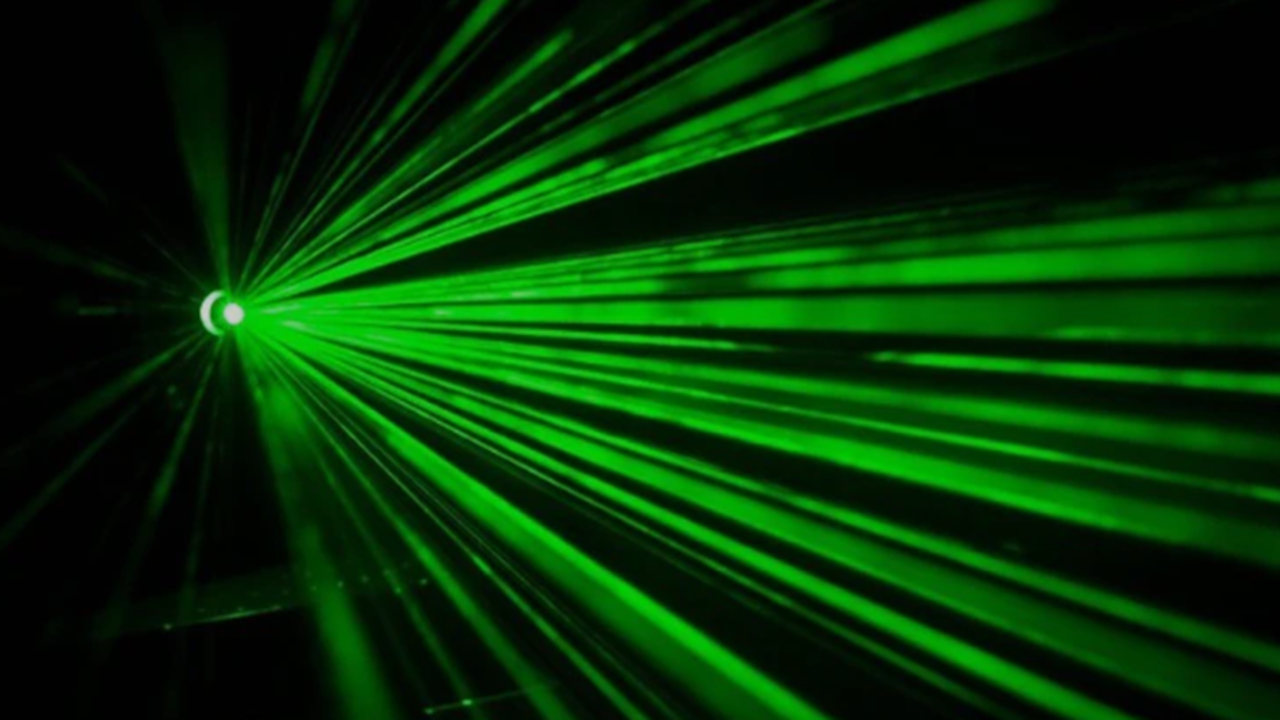At the intersection of optical science and atomic physics lies a fascinating phenomenon known as laser cooling, a technique that utilizes the undulating rhythm of light waves to decelerate the frenetic motions of atoms. While one might imagine atoms as small, unyielding billiard balls incessantly colliding in a game of energetic chaos, laser cooling reveals a more intricate ballet of motion—one where precision and control transform cacophony into harmonic stillness.
Often, the concept of cooling conjures images of lowering temperatures, perhaps through the addition of ice or the embrace of winter’s chill. However, laser cooling operates in an ethereal realm where temperature is synonymous with atomic motion and entropic disorder. The primary objective of this methodology is to reduce the kinetic energy of atoms by clever manipulation of light, effectively making them ‘cooler’ in a thermodynamic sense.
To understand the mechanics behind this captivating process, we must first delve into the fundamentals of atomic behavior. Atoms, like tiny planets engaged in a perpetual cosmic dance, are in constant motion. This motion correlates directly with their temperature; higher temperatures translate to increased kinetic energy, causing the atoms to zip around erratically. Intuitively, one might expect traditional cooling techniques to apply here, but in the quantum world, the parameters are much more nuanced.
Enter the laser—an instrument not solely characterized by its intensity but defined by its coherence, monochromaticity, and directionality. The laser beam used in cooling processes is meticulously tuned to a specific frequency, one that corresponds to the electron transitions of the target atoms. This tuning is paramount; if the frequency were mismatched, the process would be as ineffective as trying to drown out a symphony with a single, discordant note.
When the laser light is directed at the atoms, photons orchestrate an elaborate interaction. The effectiveness of cooling stems from the fundamental principle of momentum exchange. When a photon is absorbed by an atom, it imparts momentum, causing the atom to accelerate in the direction of the photon’s travel—a principle analogous to a sailor catching the wind in his sails. However, the brilliance of laser cooling rests on a delightful twist: the photon is typically absorbed from a laser beam that is red-shifted in frequency. This apparent paradox means that the atom, attempting to chase the distant light, inadvertently experiences a net reduction in velocity as it grows slower, akin to a child chasing after a kite that remains just out of reach.
However, atoms are not easily subdued. They continuously re-emit the absorbed photons in random directions, which reintroduces kinetic energy into the system, thwarting the cooling effect. Resilience appears to be an innate quality of atoms, yet this is where the finesse of laser cooling comes into play. Utilizing a technique called “Doppler cooling,” researchers manipulate the laser’s frequency to ensure that atoms engaging with the laser light feel more momentum change from losses than gains. As a consequence, a remarkable interplay unfolds wherein atoms become progressively subdued without succumbing entirely to thermal agitation.
This delicate dance of photons and atoms continues in what is termed the “optical molasses” regime. Here, we can imagine the atoms bathed in a viscous medium—a honey-like substance, if you will—where they are gently slowed down and controlled, yielding temperatures measured in microkelvins. Achieving such extreme low temperatures allows researchers to explore the quantum mechanical nature of matter, further blurring the lines between classical and quantum worlds.
Laser cooling techniques have resulted in groundbreaking advancements in physics. In particular, it has paved the way for the realization of Bose-Einstein condensates (BECs), a state of matter where atoms congregate in their lowest energy state, behaving as a single quantum entity. This phenomenon, akin to a mesmerizing orchestral union, allows for ingenious experiments that probe the boundaries of quantum behavior, challenges our classical intuitions, and even explores novel realms of quantum information science.
Moreover, the implications of laser cooling extend beyond pure physics, influencing a variety of interdisciplinary applications including precision measurement, atomic clocks, and quantum computing. Just as the tight control of light leads to the revelation of new quantum states, much like the meticulous crafting of a fine glass sculpture reveals hidden beauty within, the manipulation of atoms through laser cooling encourages profound innovations.
However, the journey does not halt at cooling mere atoms. As we contemplate the future, laser cooling holds promise in the realms of astrophysics, where it can illuminate the mysteries surrounding dark matter, and in the study of fundamental forces in high-energy physics, possibly elucidating the origins of our universe.
As we demystify the marvel of laser cooling, it becomes evident that this interplay of light and matter forms an exquisite tapestry interwoven with quantum threads. Just as musicians tune their instruments to find harmony in an orchestra, physicists tune their lasers and ponder the finer nuances of light and motion. In the symphony of laser cooling, every note matters, and every photon counts—each step forward magnifies our understanding of the universe while heralding a new era of discovery and innovation.












